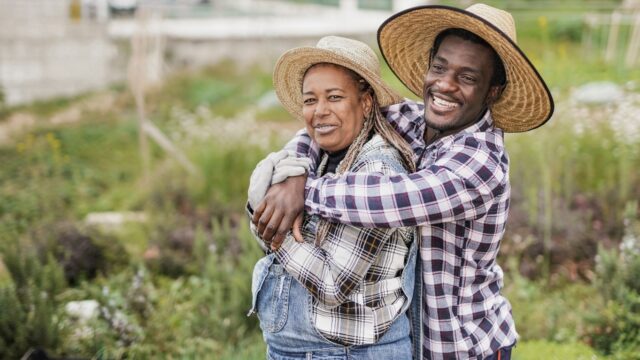Rural Health

Approximately one in five older adults live in a rural community. In several states, half of the older population live in rural environments. Rural communities tend to have more older adults than their urban counterparts. Most older adults wish to age-in-place with access to appropriate services and programs to support their needs. Older adults in rural communities, however, have limited access to resources to support aging-in-place. Given the higher level of health disparities and chronic conditions experienced by older adults in rural communities compared to their counterparts in urban communities, it is critical for public health professional to consider how they can work with the aging sector and existing programs in rural communities to promote healthy aging.
Publications & Resources
-
-
-
-
Resource
Comparing Health Care Coverage in Rural and Urban Areas
A new AARP report examines the impact of the Affordable Care Act (ACA) on health care coverage, affordability, and access in both rural and urban areas among adults ages 50 to 64.
-
-